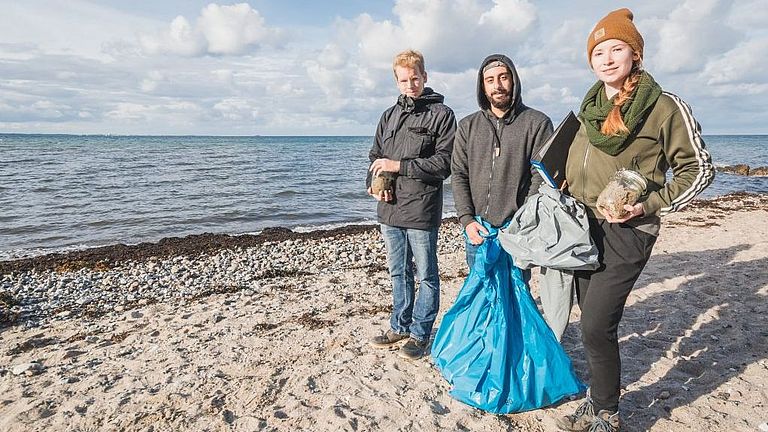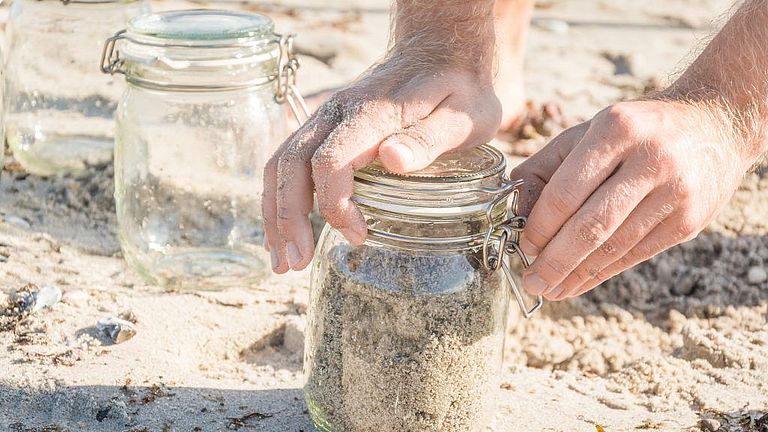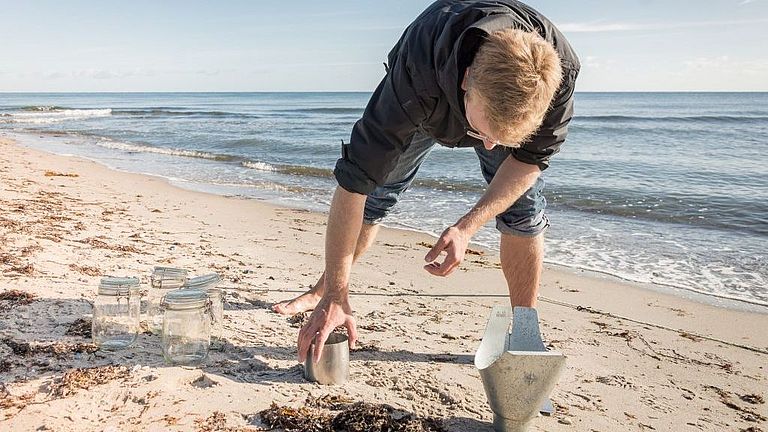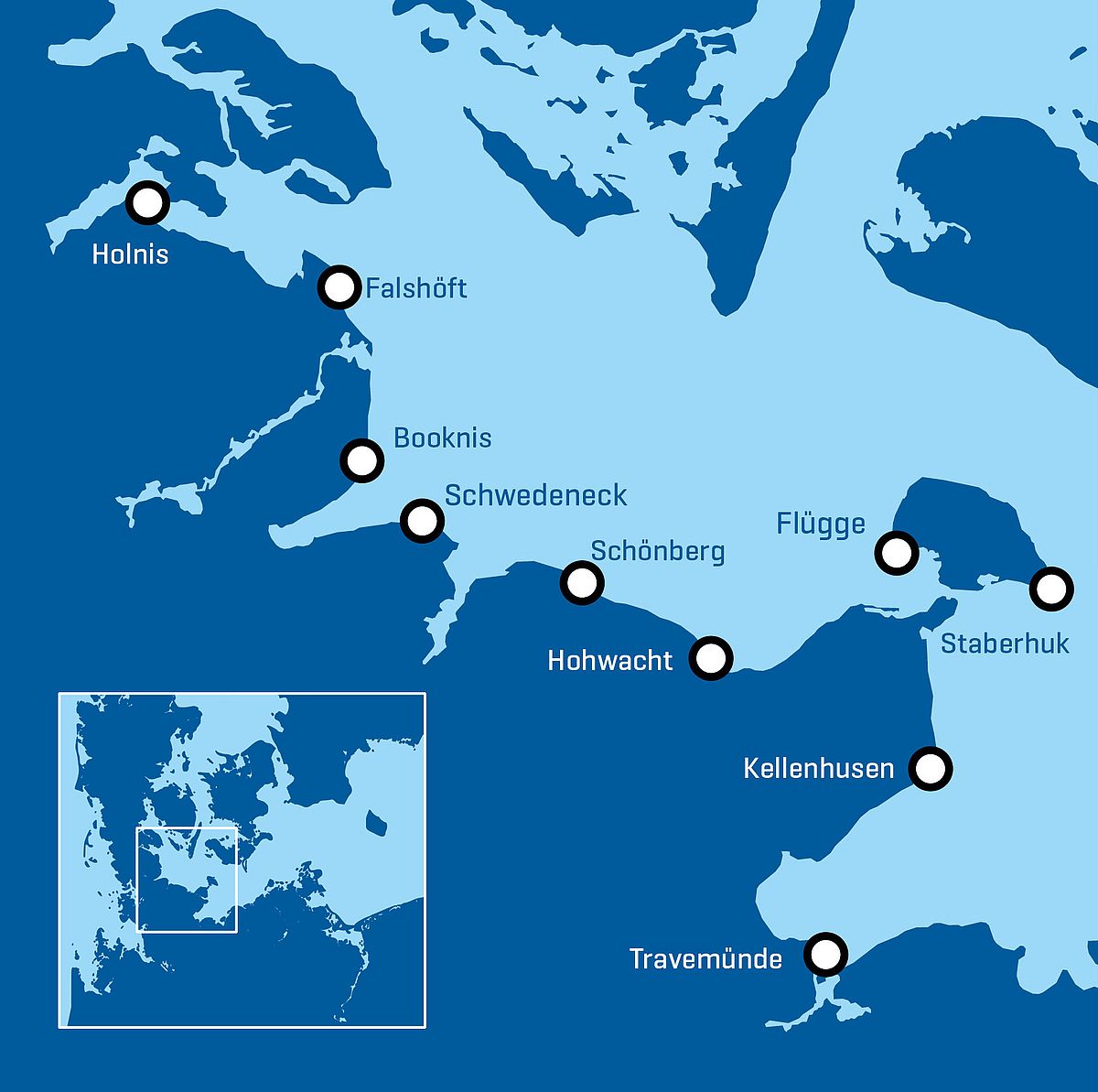The topic of microplastics has been covered extensively in the media. Almost everyone has heard about these particles, which one can hardly see and which yet seem to be everywhere: In our toothpaste, in our shower gel, possibly in our food, but most of all: in our environment. Many people are concerned about the consequences of this pollution, and in recent years an impressive number of initiatives have emerged that aim at reducing the input of microplastics into the environment. The scientific community is also increasingly concerned with this issue, as so many unanswered questions demand more information about microplastics in the environment. However, when reviewing the research on microplastics to date, it becomes obvious how little we still know about this form of pollution. We cannot even say with certainty how polluted the environment is.
As part of the project "Microplastics at our coasts" initiated by the Kiel Research Network 'The Future Ocean', the pollution of the Schleswig-Holstein Baltic Sea coast with microplastics was determined for the first time. Staff members of the Kiel Research Workshop and GEOMAR were involved in the implementation of the project. It is one of the most extensive surveys of microplastics using spectroscopic methods in the Baltic Sea region so far. For this purpose, sand samples were taken at nine locations between the Flensburg Fjord and the Bay of Lübeck and were analyzed with regard to their microplastic content using density separation and Raman µ-spectroscopy. The blog “Mikroplastik 54°N” informs about all working steps of this investigation. Furthermore, “Mikroplastik 54°N” reports other research activities on microplastics that took place in Schleswig-Holstein.
With their publication in the scientific journal Marine Pollution Bulletin, they presented the first systematic study of micro- and macro spectrum litter in the region (more under "news").













![[Translate to English:] Plastikmüll im Meer](/fileadmin/_processed_/5/1/csm_OceanImageBank_NajaBertoltJensen_12_62888f241a.jpg)
